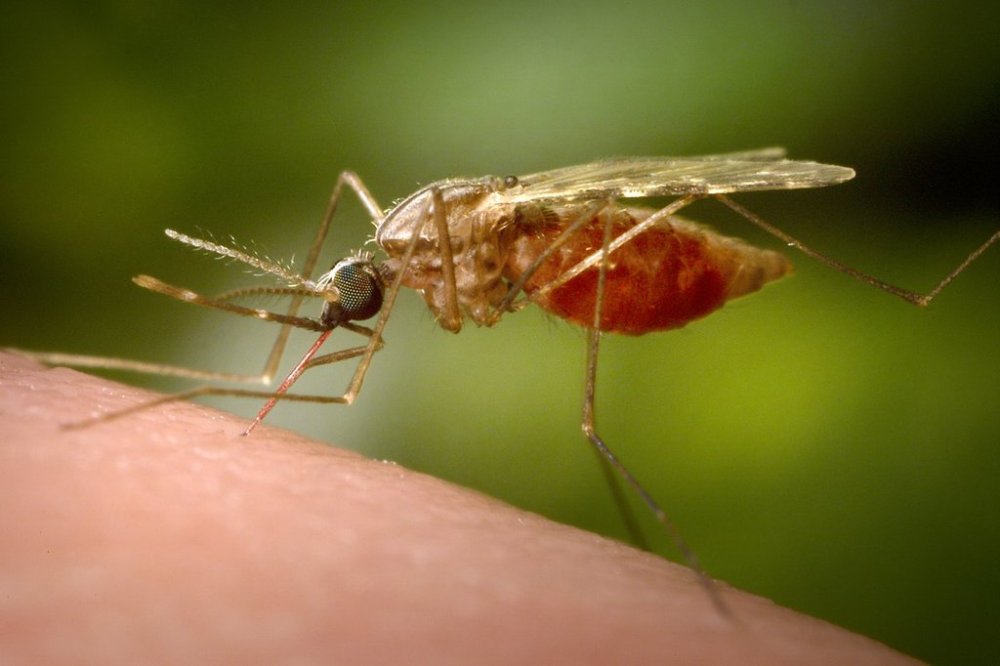Southern China hit by outbreak of mosquito-borne infection chikungunya
Advertisement
Read this article for free:
or
Already have an account? Log in here »
To continue reading, please subscribe:
Monthly Digital Subscription
$0 for the first 4 weeks*
- Enjoy unlimited reading on winnipegfreepress.com
- Read the E-Edition, our digital replica newspaper
- Access News Break, our award-winning app
- Play interactive puzzles
*No charge for 4 weeks then price increases to the regular rate of $19.00 plus GST every four weeks. Offer available to new and qualified returning subscribers only. Cancel any time.
Monthly Digital Subscription
$4.75/week*
- Enjoy unlimited reading on winnipegfreepress.com
- Read the E-Edition, our digital replica newspaper
- Access News Break, our award-winning app
- Play interactive puzzles
*Billed as $19 plus GST every four weeks. Cancel any time.
To continue reading, please subscribe:
Add Free Press access to your Brandon Sun subscription for only an additional
$1 for the first 4 weeks*
*Your next subscription payment will increase by $1.00 and you will be charged $16.99 plus GST for four weeks. After four weeks, your payment will increase to $23.99 plus GST every four weeks.
Read unlimited articles for free today:
or
Already have an account? Log in here »
China is experiencing an outbreak of chikungunya, a mosquito-borne infection, with thousands of cases reported in the south.
Chikungunya fever cases jumped to 4,014 on Friday, representing a rapid rise in numbers since authorities started tracking cases two weeks ago, according to public records released by health departments in districts in Foshan. The city in China’s southern province Guangdong has been heavily impacted by the surge in infections.
The chikungunya outbreak remains “quite severe,” Sun Yang, deputy director of the National Center for Disease Control and Prevention, said at a news conference on Wednesday in Foshan.

Chikungunya is spread to people by the bites of infected mosquitoes. It causes fever and severe joint pain, but deaths are rare, according to the World Health Organization.
The Chinese Center for Disease Control and Prevention has issued various advisories on how to prevent chikungunya fever and dengue fever, a similar disease also spread by mosquitoes. Physical protection barriers, such as screen doors, mosquito nets for beds and mosquito repellent on exposed skin, was recommended. It said that the epidemic was “imported” without specifying from where.
The Chinese agency also called for people who have symptoms like fever, rash and joint pain to see a doctor.
Shunde district in Foshan, where 90% of the cases are located, is famous for its Cantonese food, and sees many visitors each year.
Patients who tested positive for chikungunya fever stayed in hospital beds covered by mosquito nets, according to photos shown on state-run broadcaster CCTV.
Local media reports said on Thursday that local authorities had almost doubled the number of mosquito-proof isolation beds to 7,220 to meet the growing demand.
Authorities in Guangdong are urging residents to make sure there’s no standing water in their homes, such as in flowerpots, coffee machines or spare bottles. The Health Commission in Foshan stated on Thursday that a fine of up to 10,000 yuan ($1,400) could be applied if violations are found.
The Beijing CDC said on Tuesday that the city occasionally experiences imported cases of chikungunya fever.
There are two chikungunya vaccines that have received regulatory approvals in several countries and/or have been recommended for use in populations at risk, but the vaccines are neither widely available nor in widespread use, according to WHO.
China had its first chikungunya spike in 2010 with 253 cases in Dongguan, a nearby city in the same province, according to the Guangdong provincial CDC. Several cases were found in years since then, but they weren’t widespread.
The country’s first case was imported in 1987, according to research papers and media reports.

